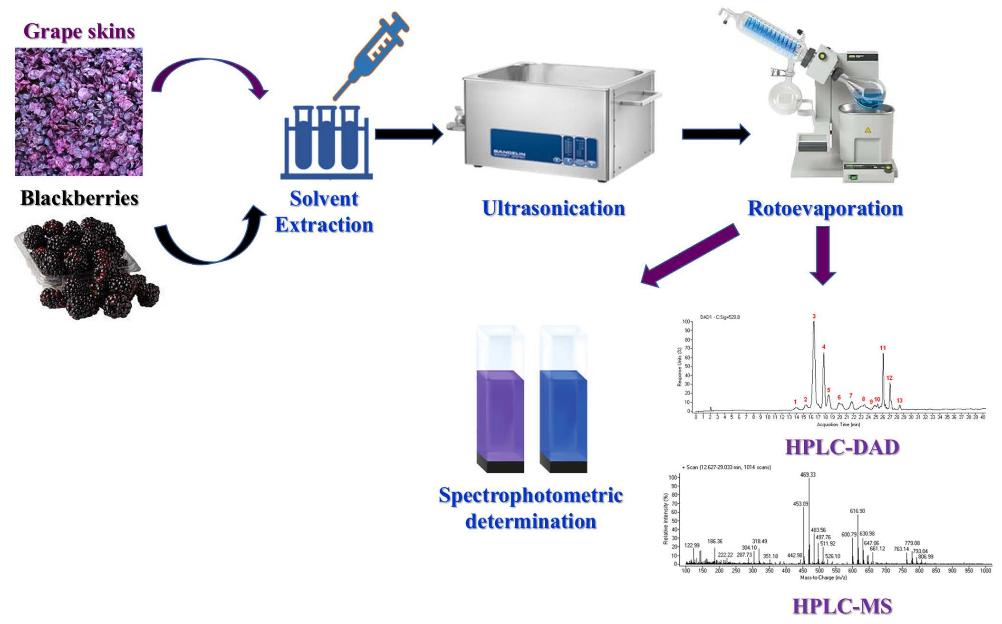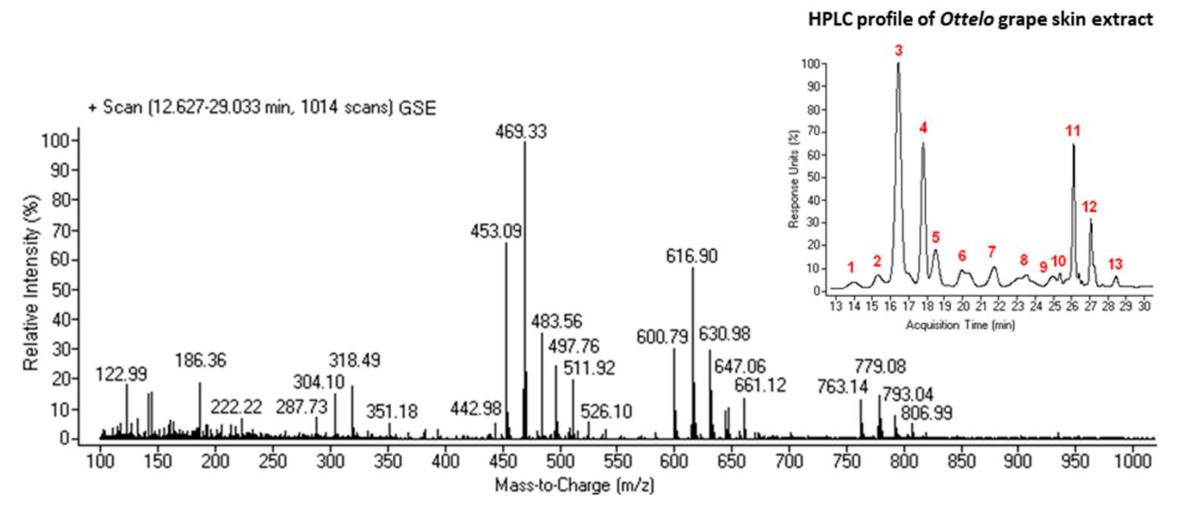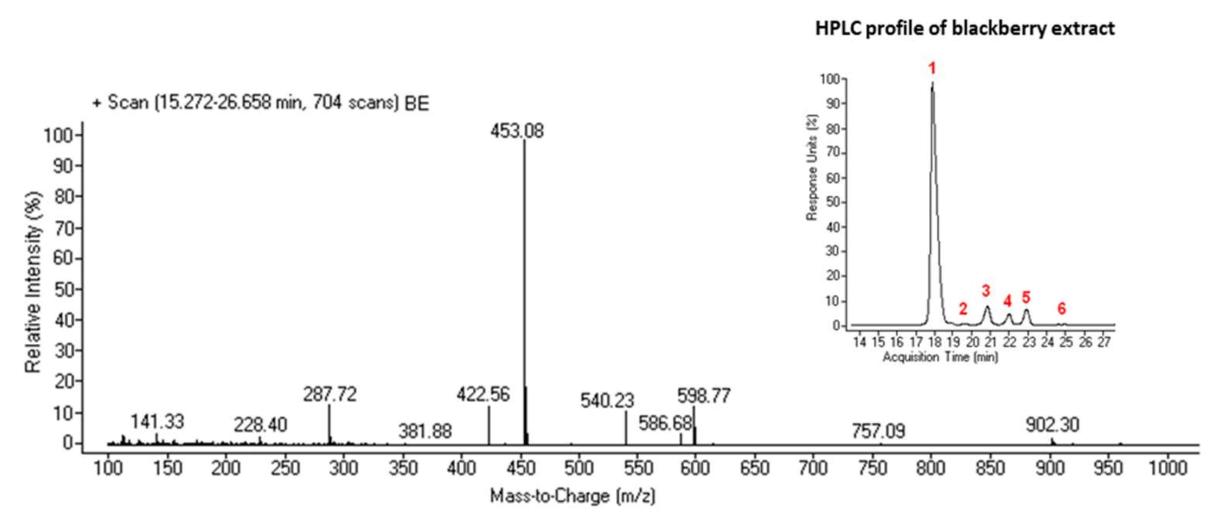What are Anthocyanidins?
Anthocyanidins, a subgroup of the phytochemicals known as flavonoids, are natural water-soluble pigments responsible for the vivid blues, purples, and reds in a plethora of fruits, vegetables, and flowers. Structurally, anthocyanidins are comprised of flavylium cations (2-phenylchromenylium), with each distinctive anthocyanidin distinguished by the number and location of their hydroxyl and methoxy groups.
Why Analyze Anthocyanidins?
Analyzing anthocyanidins has significance in various fields such as food industry, pharmaceuticals, and agriculture due to their diverse properties.
1. Nutritional Value: Anthocyanidins are well-regarded for their high antioxidant activity. These bioactive compounds can protect our body from harmful free radicals - reactive oxygen species (ROS) - that could lead to chronic diseases such as cardiovascular disease, obesity, cancer, and more.
2. Pharmaceuticals: Numerous studies have shown the therapeutic potential of anthocyanidins due to their antimicrobial, anti-inflammatory, and anticarcinogenic properties.
3. Food Industry: In the food industry, anthocyanidins are notably used for natural colorants due to their diverse color spectrum dependent on pH.
4. Agriculture: The analysis and understanding of anthocyanidins content in various plants may help improve their resistance to environmental stressors.
By analyzing these compounds, we can fully understand their composition, behavior, and potential utilizations.
Anthocyanidins Analysis at Creative Proteomics
At Creative Proteomics, we understand the significance and the multi-faceted utility of anthocyanidins in numerous fields. In a bid to assist research efforts, our expert team offers a wide spectrum of services for comprehensive anthocyanidins analysis, encompassing various project directions.
- Anthocyanin Profiling and Quantitation: Leveraging our advanced analytical platforms, we are capable of performing qualitative and quantitative analysis of various anthocyanidins. This includes profiling of anthocyanins, a major class of flavonoids, and their derivatives in various plant tissues, food samples, supplements, etc.
- Metabolic Pathway Analysis: We aid in understanding anthocyanin biosynthesis, regulation, and metabolic pathways for deciphering the underlying mechanisms involved in various biological activities.
- Anthocyanin Bioavailability and Bioactivity Analysis: Our services also encompass assessing the bioavailability of anthocyanins following ingestion and identifying, separating, and quantifying the metabolites in biological samples including plasma, urine, and fecal samples.
- Anthocyanin Structure Elucidation: Utilizing mass spectrometric techniques combined with chromatographic separation methods, we endeavor to identify and elucidate the structure and molecular properties of different anthocyanins.
- Anthocyanin Stability and Degradation Analysis: We provide solutions for monitoring anthocyanin stability under various conditions such as temperature changes, pH changes, and light exposure, as well as analyzing the degradation pathways and their influence on color properties.
Anthocyanidins Analysis Techniques
Creative Proteomics employs advanced mass spectrometry-based technologies for precise anthocyanidins analysis. Utilizing state-of-the-art instruments like Ultra Performance Liquid Chromatography Mass Spectrometry (UPLC-MS), High Resolution Mass Spectrometry (HRMS), and Tandem Mass Spectrometry (MS/MS), we can precisely detect and measure anthocyanidins composition in any matrix.
 Workflow for Plant Metabolomics Service
Workflow for Plant Metabolomics Service
List of Anthocyanidins Analyzed (including but not limited to)
| Cyanidin |
Delphinidin |
Malvidin |
Pelargonidin |
| Petunidin |
Peonidin |
|
|
Sample Requirements for Anthocyanidins Assay
| Sample Type |
Recommended Sample Size |
| Fruit Extracts |
5 grams |
| Berry Juices |
10 milliliters |
| Plant Tissues |
2 grams |
| Wine Samples |
15 milliliters |
| Leaf Extracts |
3 grams |
| Vegetable Juices |
10 milliliters |
| Flower Petals |
2 grams |
| Herbal Infusions |
15 milliliters |
| Jam or Jelly |
10 grams |
Deliverables of Anthocyanidins Analysis
Upon completion of anthocyanidin analysis, we provide you with a thorough report that includes an overview of the test method, raw data, peak chromatogram, qualitative and quantitative results, and a comprehensive interpretation of the findings. Our specialists are available for consultations to discuss the produced results and their potential implications.
Case. Comparative Analysis of Anthocyanin-Rich Extracts from Romanian Black Grapes and Blackberries
Background:
This study aims to thoroughly evaluate and compare anthocyanin-rich extracts from black grapes' skin and blackberries grown in Romania. The focus is on extraction methods, solvent effects, and the antioxidant potential of these extracts.
Sample:
The samples include extracts obtained from Othello black grapes' skin and blackberries. Ultrasound-assisted acidified ethanol and methanol extraction methods were employed to prepare the extracts for analysis.
Technical Platform and Procedure:
Extraction Method: The ultrasound-assisted acidified ethanol and methanol extraction method was chosen for its efficiency in recovering anthocyanins and other phenolic compounds.
HPLC-DAD-MS Method: Chromatographic separation utilized an Agilent HPLC-DAD system, and anthocyanin components were identified using an Agilent Q-TOF LC/MS system. The gradient program for separation involved varying concentrations of acetonitrile and a mixture of ultrapure water with formic acid.
Monomeric Anthocyanin and Polymeric Colour Measurement: Anthocyanin content was determined by the pH differential method, and color density and polymeric color were measured at different wavelengths. Trolox Equivalent Antioxidant Capacity (TEAC) assay was employed to determine the antioxidant activities of the extracts.
Statistical Analysis: XLSTAT software was used for statistical processing. Pearson's correlation analysis and principal component analysis (PCA) were performed to identify correlations and unsupervised grouping of samples.

Results
The study revealed comparable total anthocyanin and phenolic content, polymeric color, and total antioxidant activity between black grape skin and blackberry extracts.
Blackberries exhibited higher polyphenol and anthocyanin content, increased polymeric color, and higher TAC values in ethanol extracts compared to methanol extracts.
PCA analysis indicated distinct clustering of extracts based on their anthocyanin profiles, highlighting specific mixtures suitable for anthocyanin extraction.
The ABTS method demonstrated higher Trolox equivalent antioxidant capacity (TAC) in blackberry extracts compared to grape skin extracts. Ethanol extracts showed higher antioxidant activity than methanol extracts.
Correlation analyses confirmed a strong association between total phenolic content (TPC) and antioxidant properties, emphasizing the role of phenolic compounds in effective antioxidant activity.
 The total ESI/MS positive—ion mode analysis and HPLC profile of Othello grape skin extract.
The total ESI/MS positive—ion mode analysis and HPLC profile of Othello grape skin extract.
 The total ESI/MS positive—ion mode analysis and HPLC profile of blackberry extract.
The total ESI/MS positive—ion mode analysis and HPLC profile of blackberry extract.
Reference
- Paun, Nadia, Oana Romina Botoran, and Violeta-Carolina Niculescu. "Total phenolic, anthocyanins HPLC-DAD-MS determination and antioxidant capacity in black grape skins and blackberries: a comparative study." Applied Sciences 12.2 (2022): 936.


 Workflow for Plant Metabolomics Service
Workflow for Plant Metabolomics Service
 The total ESI/MS positive—ion mode analysis and HPLC profile of Othello grape skin extract.
The total ESI/MS positive—ion mode analysis and HPLC profile of Othello grape skin extract. The total ESI/MS positive—ion mode analysis and HPLC profile of blackberry extract.
The total ESI/MS positive—ion mode analysis and HPLC profile of blackberry extract.